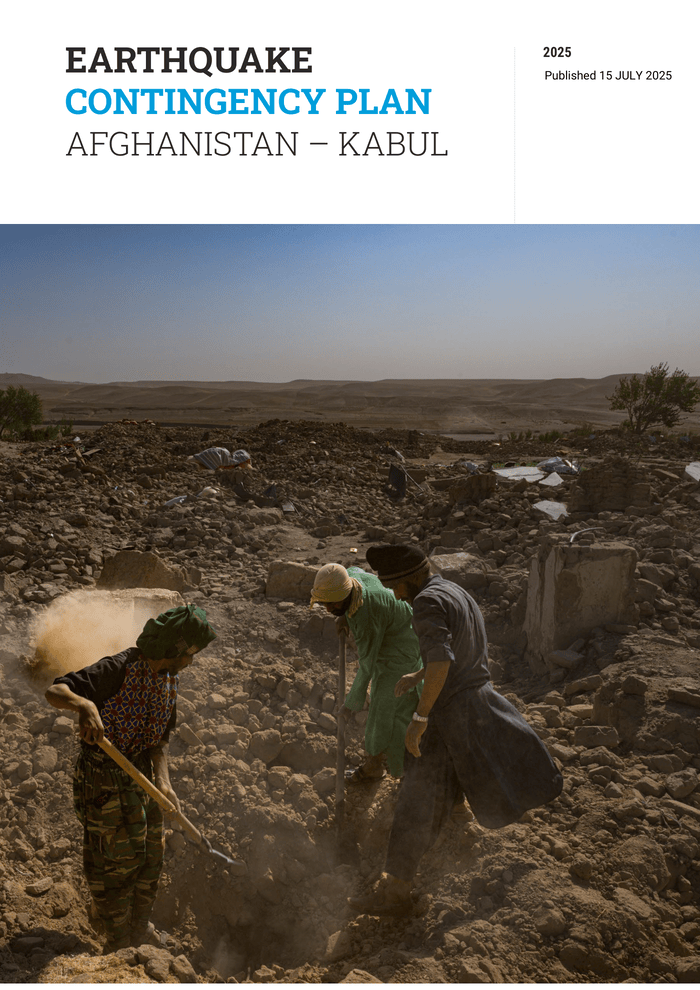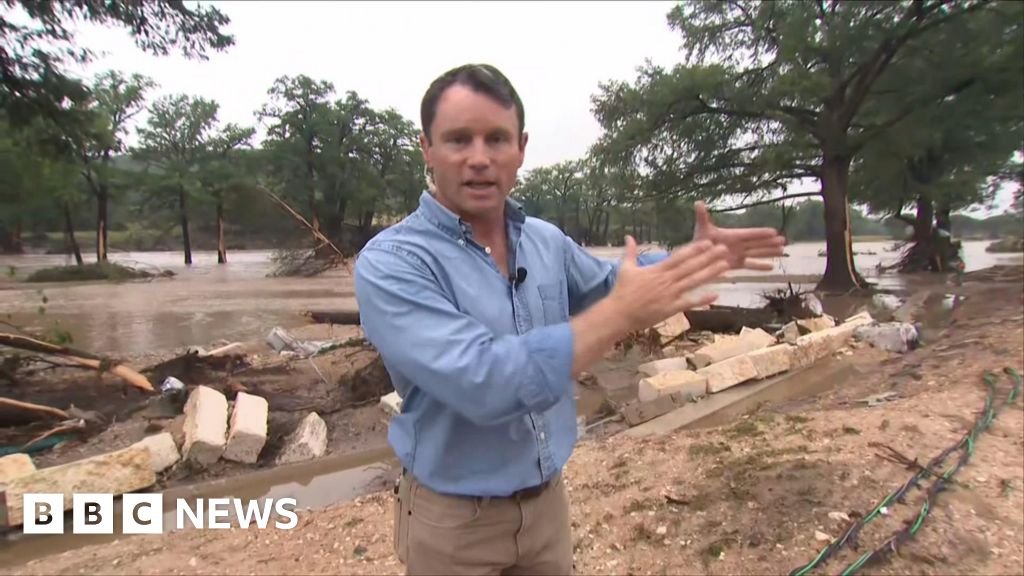Afghanistan’s seismic vulnerability is rooted in its complex tectonic setting. The country lies on the edge of the Eurasian tectonic plate, bordered by the Indian plate to the north and the Arabian plate to the south. This geological configuration drives significant seismic activity, particularly in central Afghanistan, where Kabul is located. The capital faces the highest seismic risk among Afghan cities due to its proximity to the Chaman Fault. Rapid urbanization and unsafe construction practices have heightened its vulnerability, increasing the potential impact of earthquakes.
Other major urban centres also experience varying degrees of seismic risk. Jalalabad has historically faced frequent large-scale earthquakes, while Badakhshan Province, in the northeast, is near major fault systems such as the Pamir-Hindu Kush Seismic Zone, an area known for deep-focus earthquakes. Mazar-e-Sharif, situated farther from seismic activity, faces a lower hazard, approximately half that of Kabul. In contrast, Herat, near the Hari Rud Fault, is at moderate risk, with the 2023 earthquakes highlighting its capacity for significant damage despite its low slip rate. Kandahar, located in the southeast, remains the least seismically active among these cities due to its distance from major fault lines.
The Chaman, Hari Rud, Central Badakhshan and Darvaz faults represent the most significant seismic threats in Afghanistan, each capable of producing magnitude 7 or 8 earthquakes. Hazard maps indicate that the highest likelihood of strong shaking is in northeastern Afghanistan and along the Chaman fault system, with a 20 per cent or greater chance of intensity VIII (destructive) shaking on the Modified Mercalli Scale within the next 50 years. Although some regions may experience stronger seismic intensity, their relatively lower population densities reduce the overall impact compared to Kabul. The concentration of people and infrastructure in Kabul justifies its prioritization in contingency planning.
Over the past decade, more than 600,000 people have been affected by earthquakes in Afghanistan, with an average of 188 fatalities annually. However, individual events have sometimes resulted in far higher casualties. In 2022, a magnitude 6.3 earthquake struck southeastern Afghanistan, causing over 1,000 fatalities and 1,500 injuries in Paktika and Khost provinces. The shallow depth of the quake magnified the destruction of mud-brick homes, demonstrating their vulnerability.
Risks are further exacerbated by informal and unregulated shelter construction, a primary factor in fatalities during earthquakes. In rural areas, livestock and poultry sheds, often built adjacent to homes, also collapse during seismic events, compounding livelihood losses and health risks from decomposing animals and contaminated water sources.
Recent earthquakes have underscored the dangers posed by both active and previously low-risk fault lines. The 2023 series of magnitude 6.3 earthquakes in Herat Province along the Hari Rud Fault, previously regarded as low risk, resulted in numerous fatalities and widespread destruction, revealing that even faults with slower deformation rates can produce catastrophic outcomes.
Vulnerable groups, particularly women and children, have been disproportionately impacted by recent earthquakes. In Herat, they accounted for most fatalities, primarily due to being indoors during building collapses. A similar pattern was observed in southeastern Afghanistan, where many casualties involved women and children trapped under collapsed mud-brick homes. The timing of these earthquakes has played a significant role; when events occur during working hours, men are more likely to be outside the home, while women and girls, whose freedom of movement has been restricted by De facto Authority (DfA) edicts, are more likely to remain indoors, heightening their exposure to harm. Restrictions on awareness-raising further limit the dissemination of lifesaving information, leaving many, especially women and girls, unaware of emergency response measures.



